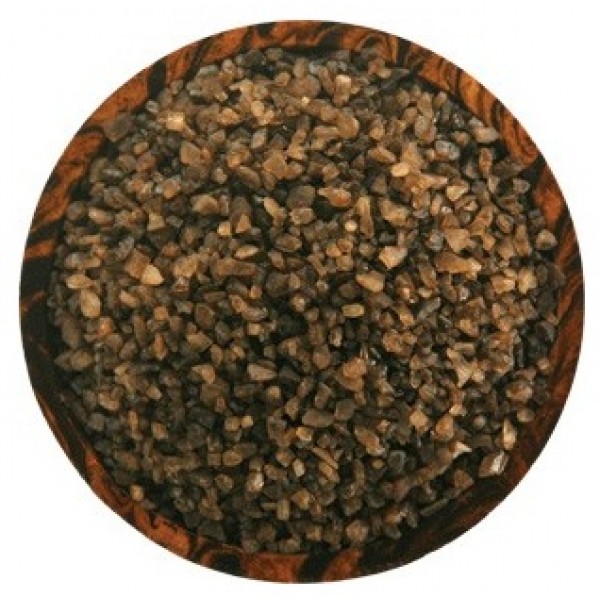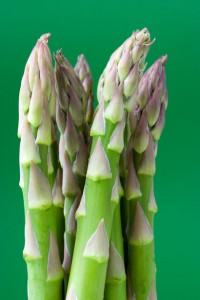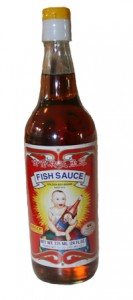Salish smoked alderwood salt is an underused kitchen essential. What is it, and why really do you need it in your kitchen?
Read on dear foodies for the answer to this burning question….
The coastal Salish, pronounced “SAY’-lish” were an indigenous, native American Indian group of people who are known to be the first inhabitants of the region of the Pacific Northwest, including the Strait of Juan de Fuca, Strait of Georgia, and Puget Sound, over 8000 years ago. The culture included several different tribes, which continue today to have fishing rights over many areas within the San Juan Islands. The coastal Salish were hunters of both land and sea, and had a large abundance of salmon, shellfish, clams, and water fowl used for consumption and trade. Legends say that every Spring, the Salish welcomed and celebrated the return of the salmon, as a sign of a renewal of the earth.
Salish salt is a dark colored organic artisan sea salt. Harvested from the seawater of the Salish sea, it is then smoked and infused over Northwest alderwood. A flavor secret of our favorite Phoenix chef, it is fantastic used as a rub prior to cooking or grilling, as well as a finishing salt. The alder tree wood contributes to a less sweet flavor than fruit woods, similar to hickory, but more intense.
Buy it at your local gourmet spice shop, or order it from Saltworks, Onion Creek Farms, or Salish Sea Salts.
Here are a few ideas to get you rolling:
– it is absolutely awesome on all fish, used as a rub mixed with a small bit of brown sugar
– add as a finishing salt to scrambled eggs, baked potatoes, or corn on the cob
– sprinkle over grilled asparagus
– use it as a rub for barbequed beef skewered kabobs in this recipe from Onion Creek Farms
– try halibut smoked on alderwood via this recipe, thank you SO much Anthony’s Restaurant for sharing!
Halibut Smoked on Alderwood With Salish Salt
Ingredients:
2 pounds halibut
4 to 6 Tbsp olive oil
1 dash hickory salt or Salish alder-smoked salt (or plain sea salt)
Beurre Blanc (recipe below)
2 alder planks, 6 x 10 inches each
Diced red peppers and chopped parsley, for garnish
Rub planks lightly with oil. Preheat planks in 400° F oven.
Cut the halibut into 4 to 6 even pieces and rub each with olive oil and salt. Place fillets on planks, skin-side down. Bake at 400° until the internal temperature of the fish reaches 140° F, about 12 minutes.
Remove the fillets and place on plates. Drizzle beurre blanc sauce on each piece. Garnish with red peppers and parsley. Serve with your choice of side dishes.
Beurre Blanc Sauce
• 1-1/2 Tbsp finely minced shallots
• 1/4 tsp freshly squeezed lemon juice
• 3 Tbsp white wine
• 2 Tbsp whipping cream
• 2 sticks unsalted butter, at room temperature
• 1/8 tsp kosher salt
Combine shallots, lemon juice, and white wine in a pan and let simmer until reduced by half. Strain.
Return liquid to pan and add cream. Working on and off the heat, add the butter in small pieces and whisk to form an emulsion. Keep warm until ready to use.
Enjoy! And we apologize for our absence, you are so appreciated for sticking by our side! Your loyalty means the world to us.
xooo hugs, love, kisses, rainbows and unicorns
Savory Tv












